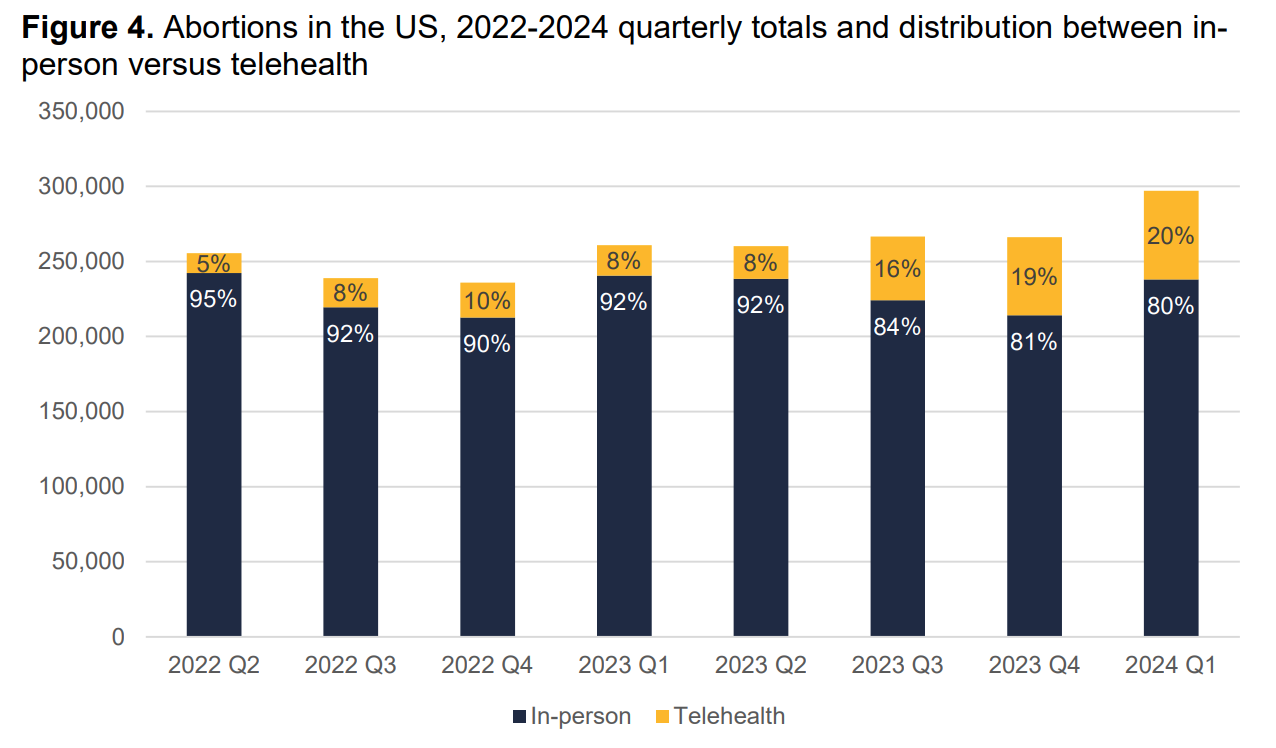You’re reading the web edition of STAT’s Health Tech newsletter, our guide to how technology is transforming the life sciences. Sign up to get it delivered in your inbox every Tuesday and Thursday.
How UnitedHealth used a questionable artery-screening program to boost payments
My colleagues’ relentless examination of the nation’s largest health insurer has turned up yet another problematic practice: Pushing clinicians to use a thinly tested medical device to screen patients for artery disease, boosting its own payments from the federal government for years. Each questionable diagnosis for peripheral artery disease netted UnitedHealth Group thousands of extra dollars for Medicare Advantage beneficiaries, and clinicians told STAT that in many cases, those diagnoses weren’t even medically useful, incurring false positives or only flagging early-stage disease that isn’t typically treated.
advertisement
“The corporation views patients as entities that have money attached to their bodies,” Michael Good, a retired physician who worked at a Connecticut practice where UnitedHealth tested older patients with the screening device, called QuantaFlo, told STAT. “They want to use the clinicians to mine the money that lies within the bodies of the patient.” Read more from Casey Ross, Lizzy Lawrence, Bob Herman and Tara Bannow.
Medicare finalizes reimbursement rule for breakthrough medical devices
Also on devices, the Centers for Medicare and Medicaid Services has inked a long-awaited rule making Medicare reimbursement quicker and easier for medical devices designated as “breakthrough” products under the Food and Drug Administration‘s pathway for emerging technologies.
The Transitional Coverage for Emerging Technologies program aims to fix what some device makers have called the “valley of death”: a prolonged gap between FDA approval and insurance reimbursement, Lizzy reports.
advertisement
FDA introduced the rule last June; the final version, unveiled this week, is similar, but promises to deliver coverage decisions six months after FDA authorization. Read more from Lizzy.
Report: Telehealth drives abortions since Dobbs
A report from the Society of Family Planning suggests that abortions in the U.S. have increased since the Supreme Court decision overturning Roe v. Wade despite 14 states banning the practice completely — and that’s thanks in part to the availability of virtual prescription for medication abortions in other states. The group estimated an average of almost 100,000 total monthly abortions between January and March of this year; about 20,000 of those were aided by telehealth. (See the below figure from the report.)
 “Telehealth abortion is making a critical difference for people seeking abortion care in this increasingly restrictive environment,” Ushma Upadhyay, co-chair of the study and a professor at the University of California, San Francisco’s Advancing New Standards in Reproductive Health program said in a release.
“Telehealth abortion is making a critical difference for people seeking abortion care in this increasingly restrictive environment,” Ushma Upadhyay, co-chair of the study and a professor at the University of California, San Francisco’s Advancing New Standards in Reproductive Health program said in a release.
Talkspace’s Q2 earnings: Revenue growth & DTC hurdles
My colleague Mario Aguilar has been closely tracking the online mental health company’s financial milestones — including its expansion into Medicare and its quest for profitability — and its potential to serve as a bellwether for other health tech companies trying to turn virtual care into a viable business. Talkspace’s latest quarterly earnings showed 29% revenue growth year-over-year to just about $46 million. Executives said that was driven by a 62% increase in revenue year-over-year from insurers and 20% enterprise customers including employers, which was offset by a 28% decrease in revenue from its direct-to-consumer business. The company expects 2024 revenue to top $185 million, representing 23-30% growth. Stay tuned for more analysis.
A framework for detecting AI hallucination?
Clinical AI company Mendel, which sells a medical AI copilot, and University of Massachusetts Amherst, are exploring a system intended to detect so-called hallucinations in AI-generated medical notes. In a small pilot study of about 100 medical summaries generated by large language models, researchers categorized so-called “hallucinations” into distinct groups, finding that GPT-4o led to longer summaries, but that errors were tied to incorrect reasoning; Llama-3-derived notes offered less hallucination but lower-quality summaries. These finding comes at a time when more health systems are testing AI scribes, as my colleague Katie Palmer reported recently as part of STAT’s efforts to keep tabs on the ways the ways generative AI is making inroads into medicine. What do you think of Mendel’s attempts to get a handle on hallucination? What big open questions remain? Thoughts welcome.

